Wetland taro in a bucket
Anakaleki
19 years ago
Featured Answer
Comments (12)
taffyj
18 years agoRelated Professionals
Beachwood Landscape Architects & Landscape Designers · New Mexico Landscape Architects & Landscape Designers · Paradise Landscape Architects & Landscape Designers · Lakeland Landscape Contractors · Peabody Landscape Contractors · Salem Landscape Contractors · Columbine Landscape Contractors · Flagstaff Landscape Contractors · New Baltimore Landscape Contractors · Pleasant Prairie Landscape Contractors · Riverhead Landscape Contractors · Riverview Landscape Contractors · South Farmingdale Landscape Contractors · Vashon Landscape Contractors · Ansonia Landscape ContractorsAnakaleki
18 years agomikevanecek
18 years agoSBRanger
18 years agodelusionracer_yahoo_com
15 years agomikevanecek
15 years agopanemai
15 years agomikevanecek
15 years agomikevanecek
15 years agojosephlee
9 years agosteiconi
9 years ago
Related Stories
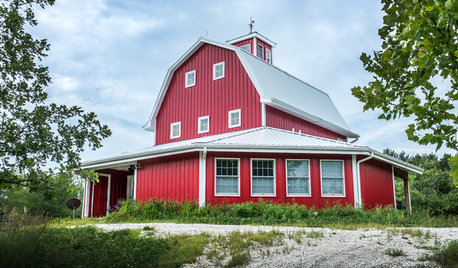
BARN HOMESHouzz Tour: An Energy-Efficient Barn Graces the Nebraska Landscape
Passive-house technologies and a rain-harvesting and greywater system conserve natural resources in this weekend country home
Full Story
EARTH DAYGrow a Beautiful Garden With Ecofriendly Greywater
Reducing home water waste means lower bills and a healthier planet. Here's how to set up a greywater home irrigation system that can help
Full Story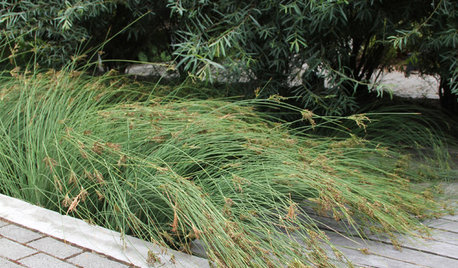
GARDENING GUIDESProtect a Precious Resource With a Rain Garden
Promote pure water and a beautiful landscape with a garden design that makes the most of the rain
Full Story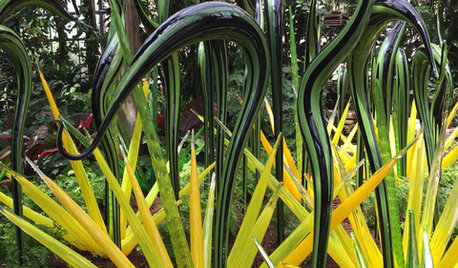
EVENTSSee ‘Chihuly in the Garden’ at the Atlanta Botanical Garden
The glass artist’s work is well-sited to complement and contrast with beautiful plantings. His new installation opens Saturday
Full Story
CHRISTMASReal vs. Fake: How to Choose the Right Christmas Tree
Pitting flexibility and ease against cost and the environment can leave anyone flummoxed. This Christmas tree breakdown can help
Full Story
GREEN BUILDINGJust Add Water: Rain Barrel Magic
Take your rainwater storage from practical to beautiful with a new breed of design-friendly rain barrels
Full Story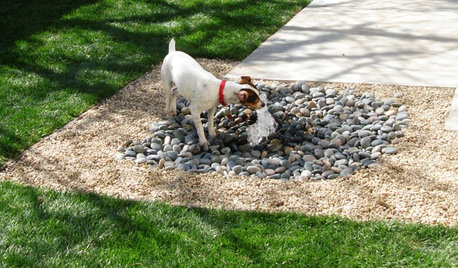
MOST POPULAR8 Backyard Ideas to Delight Your Dog
Cue the joyous soundtrack. These pet-friendly landscape and garden ideas will keep your pooch safe, happy and well exercised outdoors
Full Story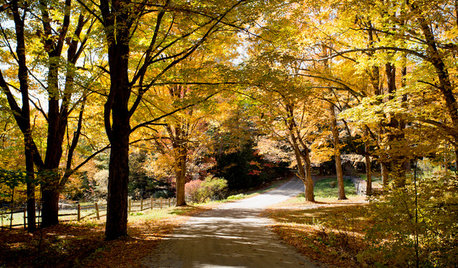
FALL GARDENINGHouzz Call: Show Us Your Autumn Views
Share your pictures of fall foliage and decor in the Comments. Your photos may be featured in an upcoming story!
Full Story
GARDENING FOR BIRDSWild Birds Transform a Woman’s Garden and Life
How Sharon Sorenson created a wildlife haven and became the Bird Lady of Southern Indiana
Full Story
LIFECondo, Co-op, Townhouse, TIC — What's the Difference?
Learn the details about housing alternatives so you can make a smart choice when buying a home
Full StorySponsored






mikevanecek